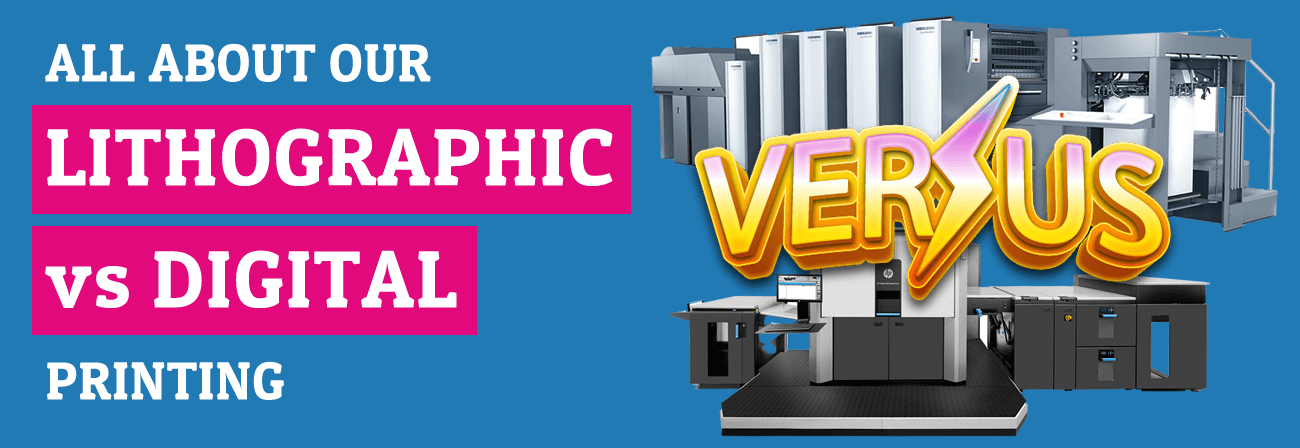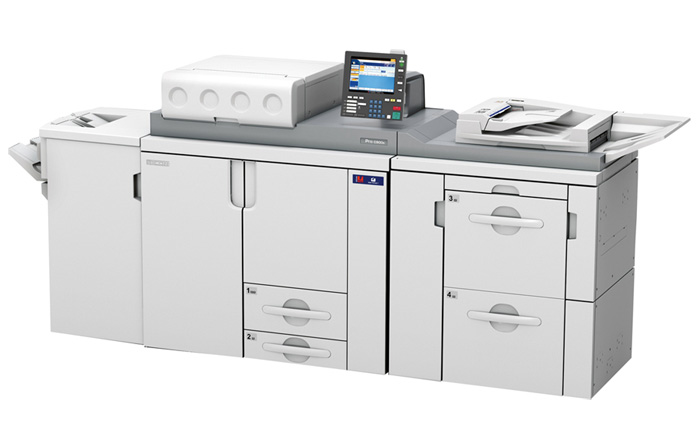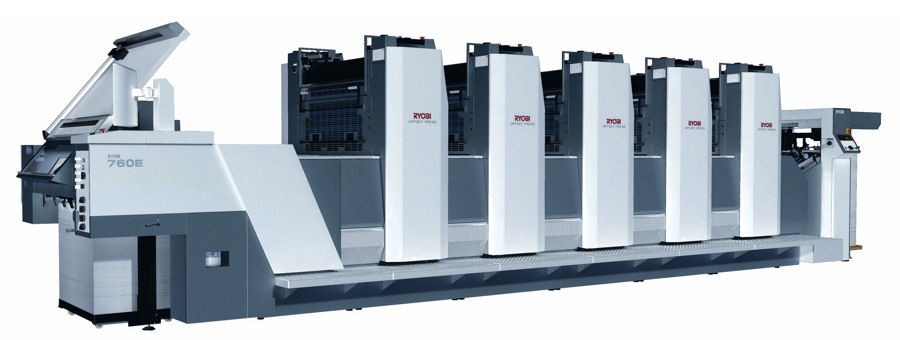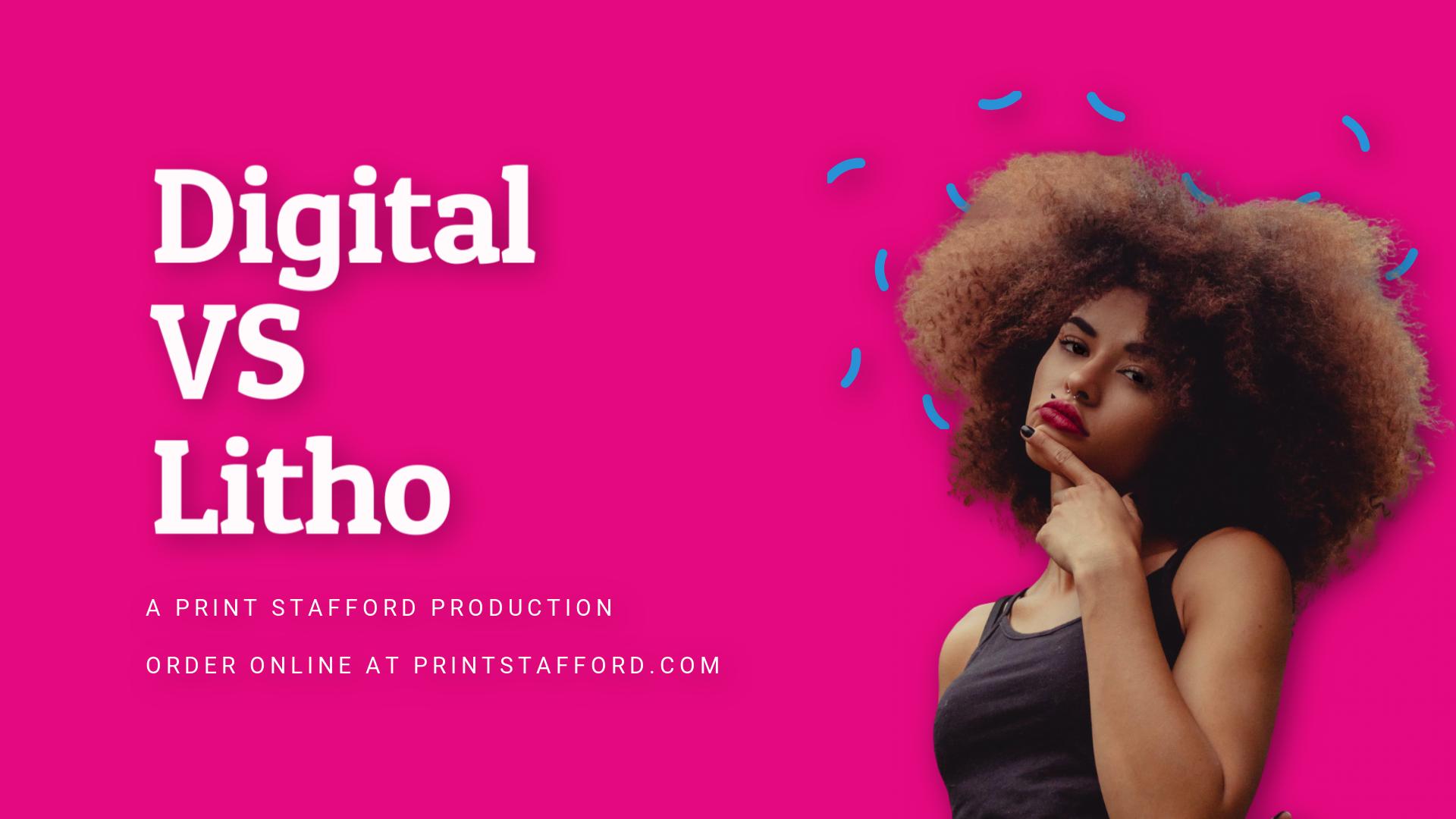Free nationwide shipping on all orders!
Simply, Affordable, Quality Print & Design in Staffordshire and the UK
Free nationwide shipping on all orders!
Simply, Affordable, Quality Print & Design in Staffordshire and the UK

When it comes to printing in the real world, there are two main types of printing processes: Litho or Digital. Here we discuss the pros and cons of Digital vs. Litho. Let the battle commence.
Worlds apart in their methods and boasting their own unique set of benefits, let’s take a look at some of the differences between Litho and Digital printing to help you decide the best direction for your project. Read our great guide to find out more!
Printing doesn’t have to be confusing we will explain what Digital or Litho press printing means.
The digital printing method most of you will be familiar with. Similarly, to how everyday office printers use toner to print with, digital printers do this much faster and of a higher quality. Digital files such as PDFs are sent directly to the digital printing press which are then drawn onto the machine’s printing drum by a laser.
This generates a static charge on the drum cylinder which reflects the image to be printed. Digital printing uses a 4-colour process (CMYK), which is made up of C (Cyan), M (Magenta), Y (Yellow) and K (Black) to create the finalised image. The ink prints an image on the drum which is then printed onto your chosen paper stock at speed.
Digital printing starts with a digital file, usually a PDF or other common file format, being sent to the printer.
Inside the printer, a laser beam is used to draw the image onto a photoconductive drum. This becomes electrically charged wherever the laser beam strikes it.
The drum then rotates and comes into contact with toner particles that carry the opposite charge. The toner is attracted to the charged areas on the drum, forming the text and images.
The toner image is then transferred to the printing substrate (paper, plastic, etc) by either:
Heat and pressure are applied to fuse and bond the toner particles permanently to the substrate. The unfused toner is cleaned off the drum surface and recycled.
For full-colour digital printing, this process is completed four times, once for each colour separation (CMYK). The layers overlap to create millions of possible colour combinations.
The printed sheets then move through the printer where excess toner is removed and they are stacked or bound based on the final output.

One of the main benefits of digital presses is that it has a very quick set-up time. Once the design is uploaded onto the computer, the printer can print up to 4,800 sheets per hour. This means there are shorter lead times and less wastage and it can be much more cost-effective for short-run printing.
Digital printing is a four colour process using CMYK your chosen print design onto your chosen medium. Unlike litho commercial digital printing is the process of fusing powdered ink using heat to combine the ink with the paper. Digital printing is not limited to just paper, many machines use the same method to print onto a wide range of other materials such as plastics and even wood!
When you make digitally printed items no printing plates are required, which is one of the main processes when it comes to litho. Don’t worry we will cover that shortly!
Using digital printing is not without its disadvantages though as the consumables can be costly and depending on the type of digital machinery being used most machines will not be able to print on as wide a range of stocks. Most digital printed items are best suited to stocks less than 350gsm and shorter runs. Due to how they fuse the ink to the paper, and digital machinery being so widely available and common within the workplace. We would always recommend that.

This is a much more traditional method of printing that over recent years has been significantly modernised and improved in terms of print quality, capacity and speed. Sometimes referred to as lithography, lithographic or offset printing, it begins with the design laser etched and wait a minute we are getting a bit ahead of ourselves here. Let us start at the beginning.
When you send the artwork for your print job to us and it is deemed that litho printing is the way to produce them cheaper than digital, it is started with the creation of a printing plate, usually made of aluminium or a similar material. This plate is coated with a light-sensitive emulsion. The emulsion hardens when exposed to light, creating the image to be printed. This can be done photographically or using computer-to-plate (CTP) technology.
The printing plate is then mounted onto a printing cylinder on the printing press. For full-colour printing, there are typically four separate printing units used, each for one of the four primary ink colours: Cyan, Magenta, Yellow, and Key (Black) – known as the CMYK colour model. Although some have six printing units allowing them to print additional printing plates and print spot colours. There are also litho methods used such as two-colour printing where only two specified spot colours are used these can be cheaper than four-colour litho presses.
Typically those who choose litho for the commercial printing process actually prefer a four colour litho process as it allows for full-colour reproduction.
Litho printing uses wet ink and the press consists of a series of rollers. Some rollers apply a thin film of water to the non-image areas of the plate, while others apply ink to the image areas. The ink is typically oil-based, while the water is applied to repel the ink from the non-image areas. This principle is called “offset” printing, as the image is not directly transferred from the plate to the paper but first to an intermediary roller.
As the plate cylinder rotates, it is transferred from a printing plate to a rubber blanket cylinder. The rubber blanket cylinder then transfers the inked image onto the paper. Because of the offset principle, the paper never comes into direct contact with the plate, which helps maintain image quality and prolong the life of the plates.
The paper is fed through the press between the blanket cylinder and an impression cylinder. The pressure applied by the impression cylinder ensures that the ink adheres onto the printing material which is usually paper, creating a high-quality printed image.
After the paper passes through the press, it goes through a drying unit, which uses heat and/or air to evaporate the water content in the ink, leaving a dry, printed sheet.
Once printed, the sheets may undergo various finishing processes, such as cutting, folding, binding, or coating, depending on the final product’s requirements
Litho printing produces a better quality finish compared to digital print, especially with designs that require large blocks of solid colour. The advantages of litho printing also allow you to print on a wide variety of stock including materials that are rough or heavily textured. The finish of the print used to be a lot more noticeable however whilst digital machinery keeps advancing the margins between are closing who knows where we will be in 5 years!
Unlike digital printing, offset litho printing requires a much more complicated setup since the design must be made on printing plates. Again we utilise a wide range of litho machinery including Heidelberg Speedmaster and others. Litho printing is a traditional printing method that uses wet ink and printing plates where the design is separated onto four different printing colours.
However, once this process has been done, litho printing can produce prints faster than digital with an average of up to 18,000 an hour which makes it ideal for printing large quantities. Additionally, since the unit cost decreases as the quantity increases, litho printing is the best option for high-quantity print projects such as large orders of magazines, leaflets or brochures.
The print quality between litho and digital comes down to the specifics of each print job. Both methods are capable of producing high-quality results.
Traditionally, litho printing has been associated with higher quality, especially for printing large solid colour blocks. It can print on a wider variety of materials and stocks. However, modern digital printing technology has nearly closed the gap when it comes to print quality. Digital is suitable for incredibly high-quality printing, especially with detailed designs and rasterized images.
Ultimately, print quality depends on the job specifications – the type of artwork, printing material, quantity needed, level of personalization, and other requirements. Our team evaluates each project individually to determine the printing method that will deliver the highest quality results possible within your budget and specifications

Generally from a single print up to around 2,500 prints is more cost-effective on a digital printing machine. Whereas litho printing is better and cheaper than digital printing for those looking to print a higher quantity (printing in terms of more than 2,500).
Well as the digital and lithographic printing battle comes to an end, we hope you understand that there is no clear winner. Ultimately, digital and litho printing have their own unique set of advantages and which one is best depends entirely on what you are printing, how many prints you need, the material you are using, the level of personalisation required, your budget and the degree of quality you desire. If you wish to learn about the difference between RGB and CMYK we wrote about that too!
When you ask us to print your project we take a look at all of your requirements to decide who wins the battle choosing between litho and digital for your project. We specialise in high-quality printing, so if you are still wondering about print options for your project, get in touch with our talented team of print experts and let us help you find the most advantageous and cost-effective option for you!
